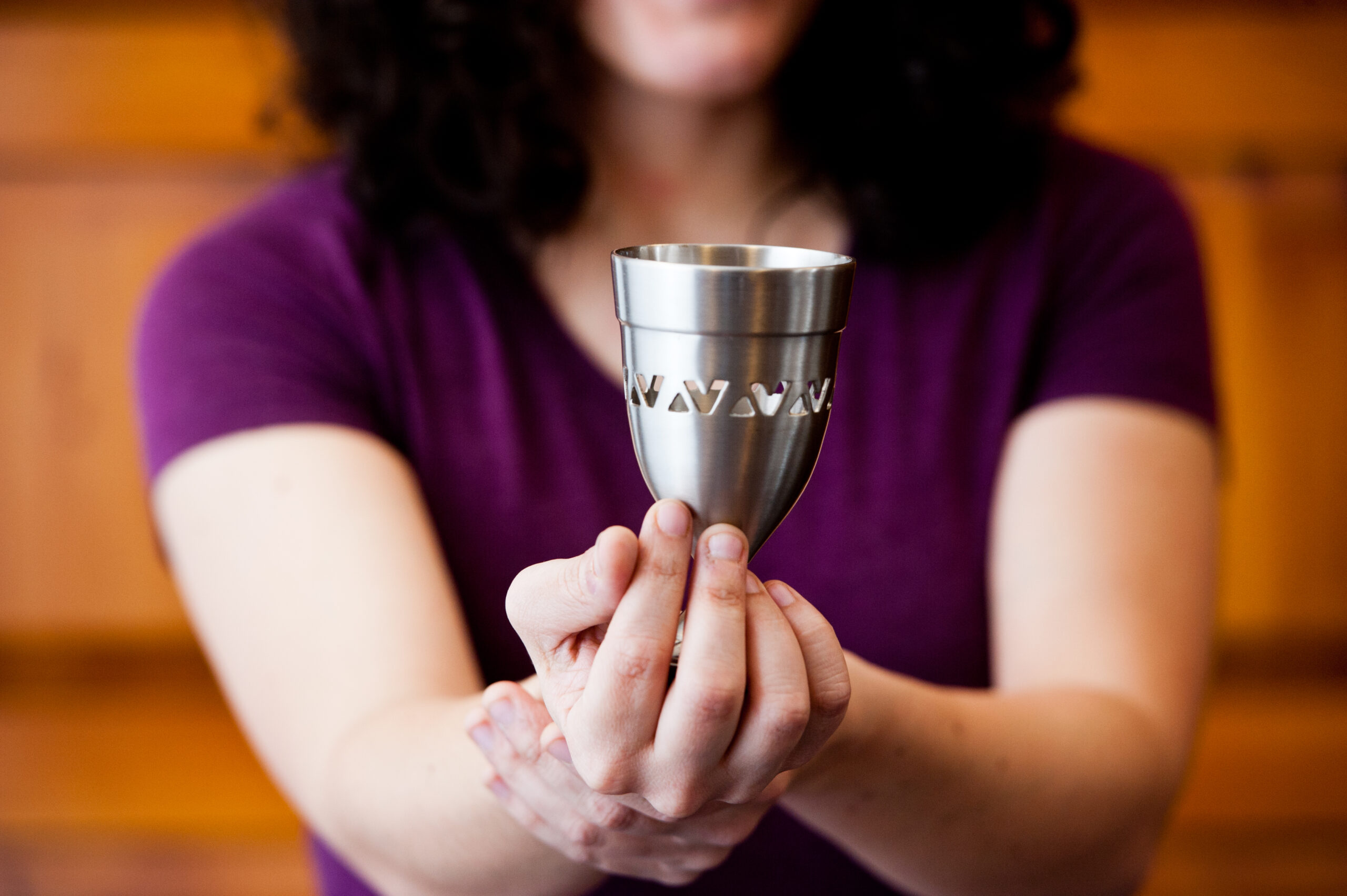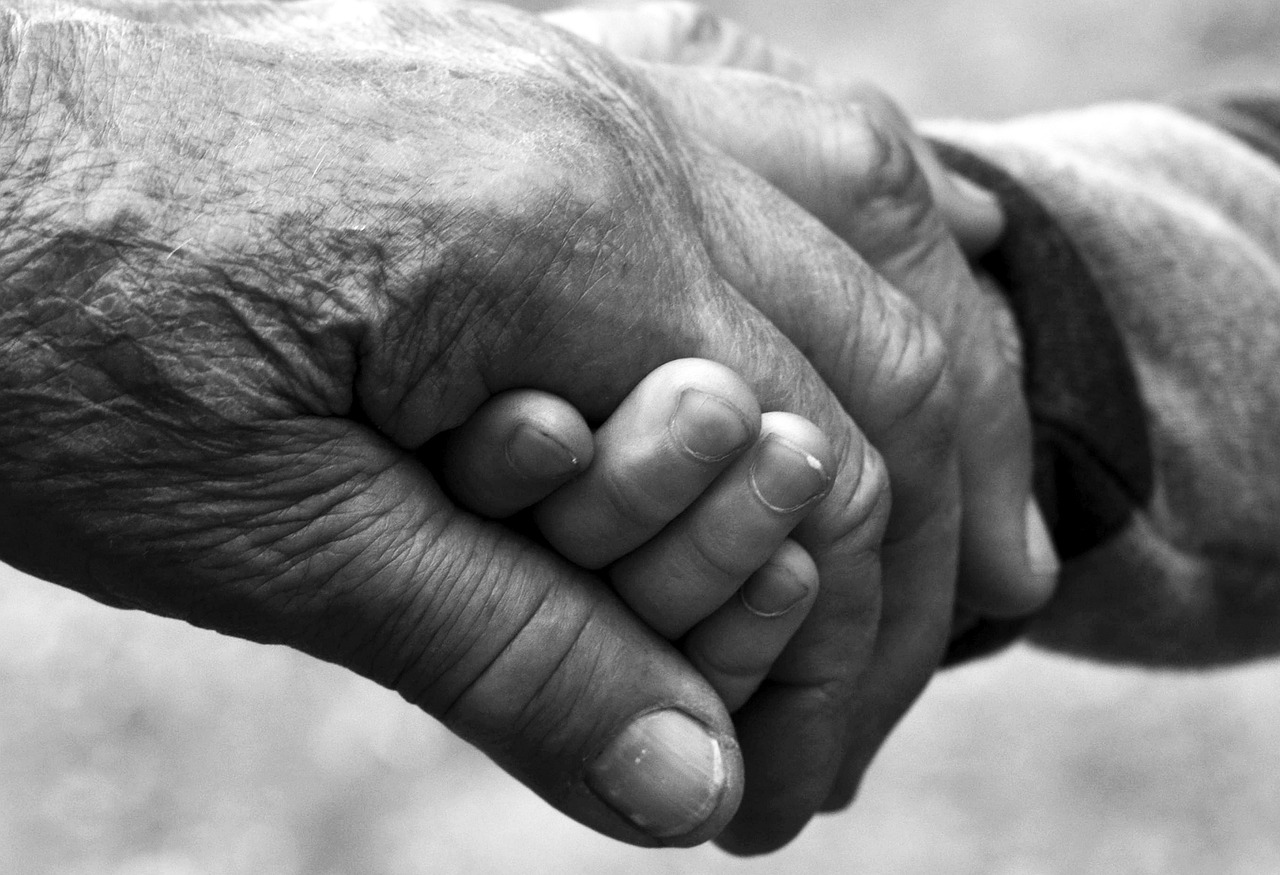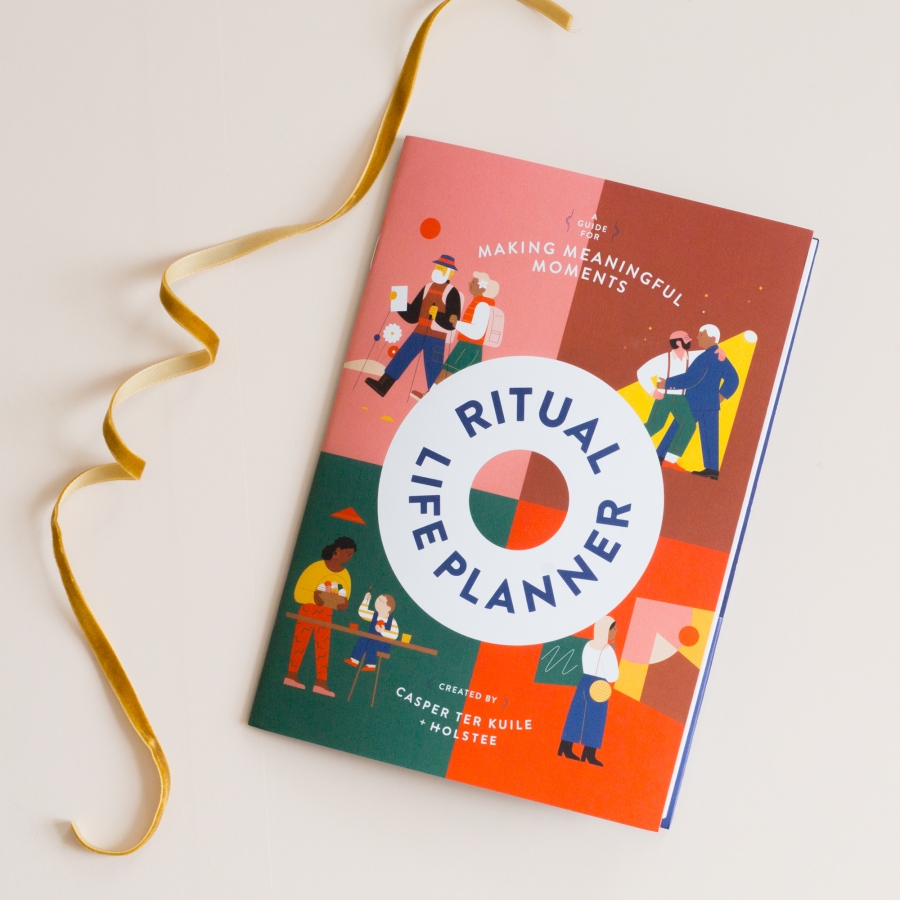Through rabbinic tradition, Serach Bat Asher (Gen. 46:17 and Num. 26:46) symbolizes the importance of mesorah—oral tradition, by telling it as it was, and being the conduit for information. This is a tradition we honor tonight at our seder. Serach is reported to have been among the 10 or 11 people in the Torah who never died, like Elijah. You might add a cup for Serach next to Elijah’s cup, to acknowledge this connection. Elijah represents our hope for the future, while Serach represents the importance of remembering and learning from the past. She is even able to correct the ancient sages in their re-telling of the Exodus story:
“Rabbi Yochanan was sitting and expounding, how the waters were made into a wall for Israel. Rabbi Yochanan explained they were like opaque walls. Serach, the daughter of Asher, grew angry and said ‘I was there, and they were like nets!’” (Pesikta D’Rav Kahana 11:13)
As you hold your Serach’s Cup aloft (why not make your own before Pesakh?), or if you don’t have one, the seder plate, which encourages us to tell and to ask, read together:
We remember the lessons taught to us by those who wrote our stories, and those who passed them on by word of mouth. Those who have celebrated seder before us, and who in each generation made the Exodus, slavery, and freedom come to life. May we be empowered to add life and new meaning to our seder, remembering those who continue in slavery today, and being inspired to not just talk the talk, but to walk the walk of freedom, and to fight for others to enjoy freedom too.
For a brief sketch of some of Serach’s story see: http://rabbidebbie.blogspot.co.uk/2011/04/passing-on-traditions-serach-b…











